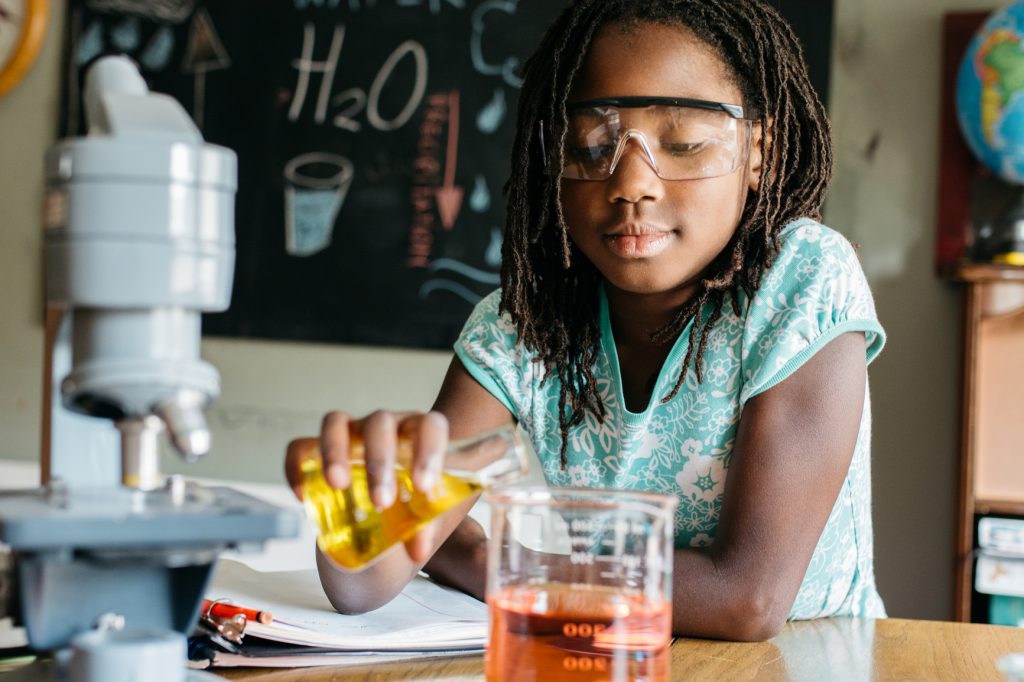Cocoa in Ghana is still an important sector to investors to put their money in and calls for adequate attention and efforts in order to achieve quality as well as growth.
In achieving growth, Ghana has been engaged with various measures and methods to help the cocoa sector compete in the global space.
Recently, the World Cocoa Foundation and Ghana Cocoa Board declared plans to expand their joint efforts to preserve the flavor of Ghanaian cocoa.
To this end, an agreement was signed by the two parties reviewing a four-year investment plan within 2018 – 2021 under the World Cocoa Foundation’s African Cocoa Initiative, which will cover rigorous research for flavor quality and training of Ghanaian cocoa farmers in harvest and post-harvest best practices that can affect cocoa flavor.
Following the agreement, the Cocoa Research Institute of Ghana (CRIG) Sensory Lab will benefit from larger-scale cocoa processing equipment and ongoing training and interactions with flavor quality consultants to improve cocoa and chocolate samples.
CRIG will expand its cocoa sensory panel and incorporate regular testing sessions and in-person trainings. These trainings will target farmers to educate them on cocoa flavor evaluation techniques and methods for growing and harvesting quality cocoa beans. The activities build on previous World Cocoa Foundation (WCF) and Ghana Cocoa Board (Cocobod) work that increased Ghana’s capacity to include the critical component of flavor within cocoa plant breeding projects.
WCF Ghana Country Director Vincent Manu said: “We understand that preserving cocoa flavor quality in Ghana and across West Africa will drive value and support incomes and food security for thousands of cocoa farmers, their families and communities. Flavor quality training courses offered by CRIG have shown great potential rewards for Ghanaian cocoa farmers”.
WCF is also working on establishing a second flavor laboratory in Côte d’Ivoire at the National Agronomic Research Center (CNRA) to undertake similar work.
Some of the investments made under ACI II are funded by the United States Agency for International Development as part of Feed the Future, the U.S. government’s global hunger and food security initiative.


